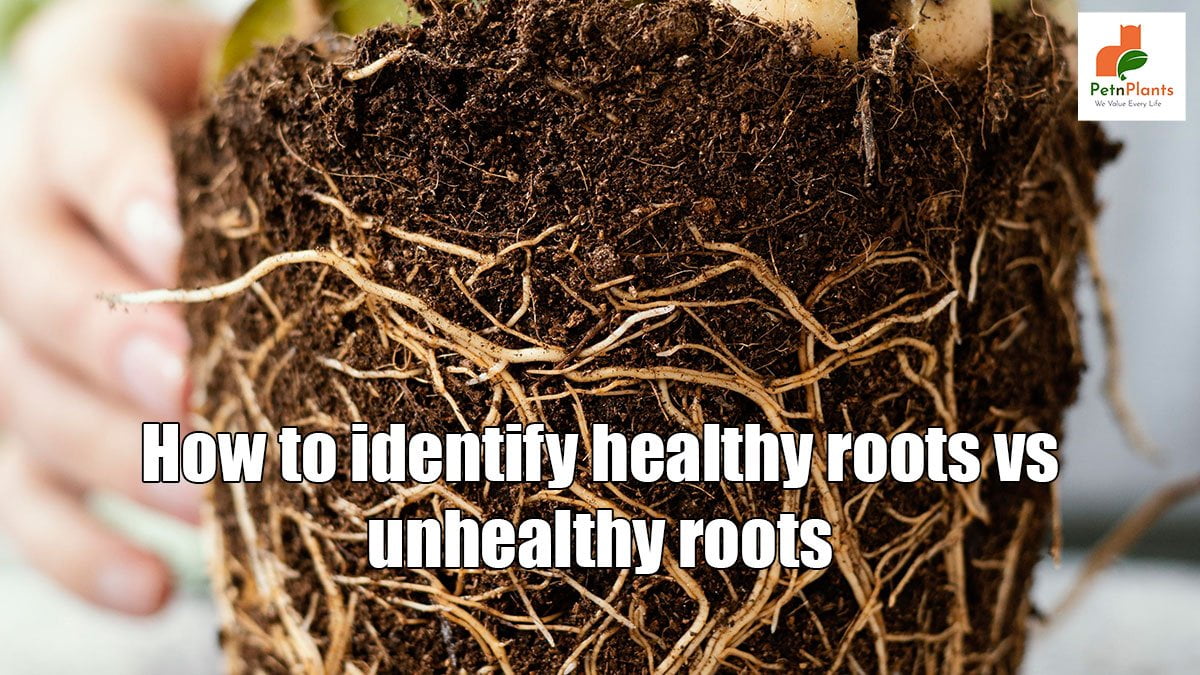Latest
Pets
Little Live Pets: Perfect friends for your kidsJuly 17, 2024
We Value Every Life

Just like our physical health, the roots of our plants are essential to keeping them alive and strong. When a plant is unhealthy, it’s usually due to problems with its roots. But how can you tell if a plant’s roots are healthy or not?
Here are some tips on identifying healthy and unhealthy roots: Healthy roots are light in color and have a firm texture. – Unhealthy roots are dark in color and have a soft or mushy texture. – Healthy roots have a strong, pleasant smell. – Unhealthy roots have a weak or unpleasant smell. – Healthy roots are free of pests and diseases. – Unhealthy roots have pests or diseases present.
There are several characteristics of healthy roots that can be easily identified:
If they smell rotten or sour, they are probably not healthy.
There are a few key characteristics of unhealthy roots. Firstly, unhealthy roots will typically be discolored, either darker or lighter than healthy roots. They may also be twisted, brittle, or have visible signs of decay. In addition, unhealthy roots will generally be smaller in size than healthy roots. Finally, unhealthy roots will not have the same firmness or strength as healthy roots and will break more easily.
There are a few things you can look for when trying to determine if a root is healthy or unhealthy. The first is the color of the root. A healthy root should be white or light-colored, while an unhealthy root may be darker in color. Another way to tell if a root is healthy or not is by its texture. A healthy root should be firm, while an unhealthy one may be softer and/or have lesions or bumps. Finally, you can smell the root to see if it has any foul odors, which is another sign of an unhealthy root.
Overall, it is important to remember the three main characteristics of healthy roots: they are white or cream-colored, have a moist texture, and smell fresh. If you keep these characteristics in mind when examining your plants, you should be able to identify healthy roots without too much trouble. However, if you are still unsure, it is always best to consult a professional who can give you a more definitive answer.
0